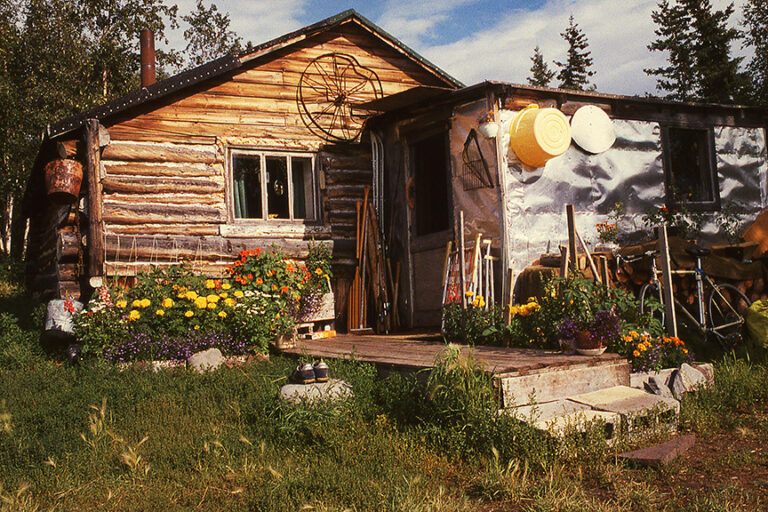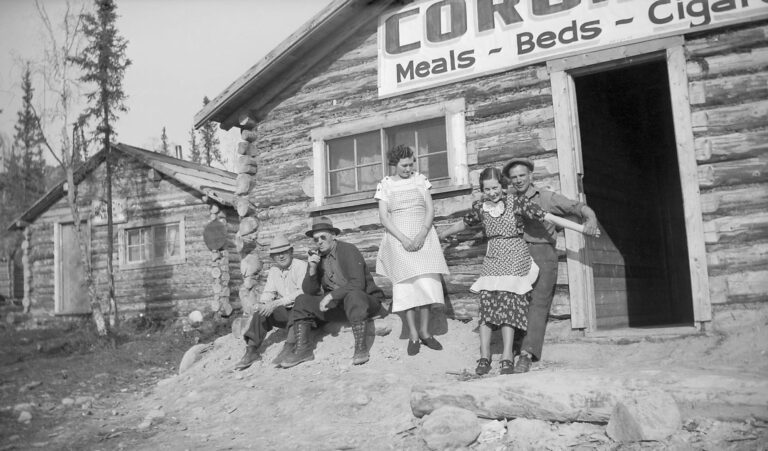Last autumn, a bundle of boxes arrived at the house of Tanya Kappo, a Cree lawyer living in Edmonton. They contained sagebrush, two staffs covered in eagle feathers and 1,300 vamps, the beaded tops of moccasins.
It was the first stop for Walking With Our Sisters, an exhibit honouring missing and murdered Indigenous women, and Kappo was tasked with being the “keeper of the bundle.”
“At this point in time it was really an art exhibit,” said Kappo at the Circumpolar Indigenous Women’s Gathering in Yellowknife on Friday.
“When I became the first keeper in Edmonton, I had no idea it would be like a sustained ceremony for myself and my life.”
The 1,300 vamps were laid along a path in the Telus Centre Atrium at the University of Alberta. Each morning for two weeks, Kappo smudged the vamps – a ritual burning of herbs. Throughout the day, she kept watch for people bringing eagle feathers to add to the staffs – a sign they had a personal connection to one of the missing or murdered women.
“There was this woman who came, and she was very quiet, very hurting. You could see, you could feel this grief,” said Kappo. “When she started to talk she told me her mother had gone missing 40 years before. She just broke down as she hung her feather, because, she said, it was the first time in all of those years that she felt her mother was finally being truly honoured.”
Around this time, “it started to really transform on a spiritual level into something else, something very sacred.”
Transformation
Walking With Our Sisters, which is coming to Yellowknife in January, was born in the winter of 2012 from online discussions between Kappo and Ontario artist Christi Belcourt. In the midst of the Idle No More demonstrations, the two women became interested in a set of questions: how can you honour the lives of missing Indigenous women through art? How can you represent a void left in families and communities?
They settled on the idea of an exhibition of vamps. “The vamps are the top part of moccasins, so they’re unfinished moccasins to represent the unfinished lives,” said Kappo.
A call went out on social media across the country – people who wanted to contribute had a year to finish their beadwork and mail the vamps in.
“The Facebook group started to become a community of people talking together, talking about their experiences as they’re making their vamp,” said Kappo. “It became a healing process for some and a learning process for many who never knew how to bead before.”
When the Edmonton date was set, Kappo and Belcourt expected around 300 vamps; 600 was their dream number – representing the number of Aboriginal women believed to be missing or murdered at the time – but that seemed a long shot. It was to their great surprise when the number of vamps mailed in soared past 600 to around 1,800. You can see examples of some of the vamps here.
Difficult conversations
The exhibit has now travelled to seven cities, and it’s booked solid for the next four years in both Canada and the U.S. Each place it goes, said Kappo, it becomes a ceremonial site around which communities express their grief.
Many people never had the opportunity to honour their loved one. “When our women go missing or become murdered (there are) all the stereotypes in the media that dehumanize us even more than we already are in real life. Walking With Our Sisters became a beautiful opportunity to re-humanize our sisters in a way that they hadn’t been honoured in their lifetime,” said Kappo.
It’s also become a catalyst for difficult-but-necessary conversations. In Saskatoon, “it became such a polarizing issue about whether it should be mandatory about wearing skirts in the space,” said Kappo. “It was hard to see them go through this as personalities clashed and generational ideas clashed, and notions of colonization … They were able to resolve it, but not without a lot of hard work and tears.”
When members of the Saskatoon City Police showed up to see the exhibit in their uniforms, an elder wouldn’t allow them into the ceremonial space with their weapons. The situation could have turned ugly, said Kappo; “we all know our relationship with the police isn’t a good one.” Instead it sparked a discussion between the Saskatoon police and Aboriginal community about how to repair a broken relationship. The police were allowed to return out of uniform and the chief of police even agreed to help Walking With Our Sisters develop protocols for dealing with other police departments.
Coming to Yellowknife
In Yellowknife, ahead of Walking With Our Sisters’ January arrival, there have already been several community meetings to plan the exhibit’s presentation in the Prince of Wales Northern Heritage Centre and the educational activities to accompany it.
“This is a huge strength of the project. It brings that resurgence, it builds those relationships and it creates opportunities for our women to become leaders in a way that maybe they never did before,” said Kappo.
Everywhere the exhibition travels, elders are engaged to advise on cultural and spiritual practices. In Yellowknife, a group of elders are working closely with the planning committee.
There are two more community conversations before the exhibit arrives: one this coming Wednesday at the heritage centre about empowering girls and teaching young men to eschew violence; another about decolonization on December 3.
Having the exhibit come to Yellowknife is an exciting opportunity, though Kappo warns it may also be a painful one.
“As you’re looking at them, you’re blown away by the artistry of them, the care that’s put into them … you start to see the themes, the Dene flowers, the Ojibway strawberries, the raised beadwork of the Mohawks … You see that reclamation and you’re learning as you go. And then you come across a pair that has a face of someone’s loved one, and you stop. It sort of stuns you into silence again and grief, and you remember what this is really about.”
The Walking With Our Sisters exhibit will be in Yellowknife at the Prince of Wales Northern Heritage Centre on January 9-24.







